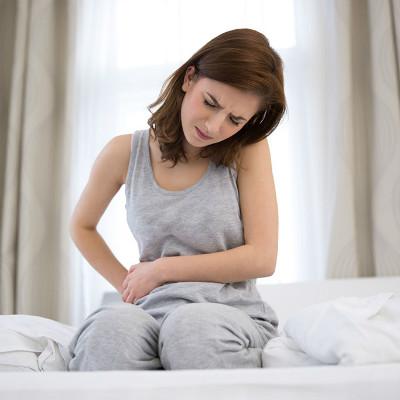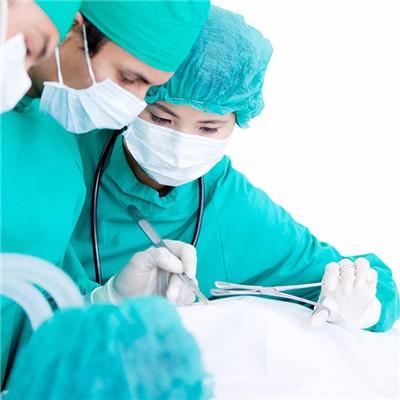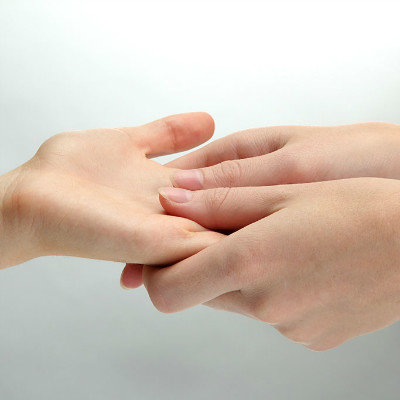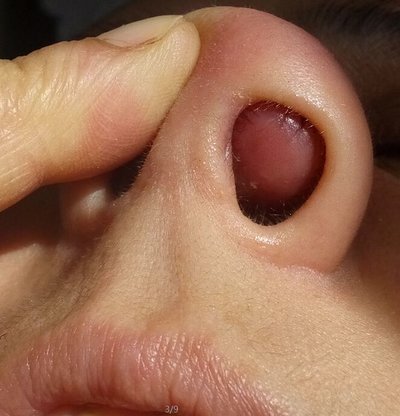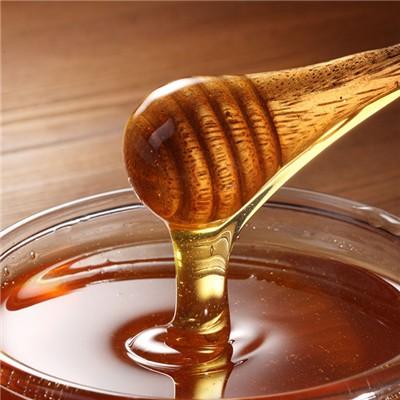What is crotch synovitis?
summary
I got up yesterday morning with severe pain in the root of my left leg, and I didn't dare to move my leg in a large area. I was very worried, so I went to the hospital to take pictures. There was no history of injury. The doctor said there was no abnormality. Then lying down, the doctor fingered the root of the left thigh and judged it as crotch synovitis, causing slight pain at the root of the left leg. So what is crotch synovitis? Let me explain.
What is crotch synovitis?
Synovitis is a kind of aseptic inflammation caused by poor microcirculation. The main symptom is effusion. Synovial membrane is a layer of membranous tissue around the joint. It is not only a layer of tissue to protect the joint, but also produces synovial fluid, which provides "lubricating fluid" for joint activities. The production and absorption of synovial fluid is a "dynamic balance". When the reabsorption of synovial fluid is impaired, because the dynamic balance of production and absorption of synovial fluid is broken, the production of synovial fluid is greater than reabsorption, there will be "joint hydrops".
Symptom 2, hip joint synovitis, also known as hip joint transient (temporary) synovitis. Children under 3-10 years old are prone to crotch synovitis, which is more common in men, and most children have sudden onset. The peak age of onset was 3-6 years old. The incidence of right side was more than that of left side. The incidence of bilateral crotch joint was 5%. Some of the adults also get sick.
Symptom 3, once we have synovitis of hip joint in our daily life, we should check and treat it in time. The etiology of hip joint synovitis may be related to virus infection, trauma, bacterial infection and allergic reaction (allergic reaction); hip joint synovitis is normal in CT and MRI examination or has a small amount of joint effusion.
matters needing attention
In the treatment of hip joint synovitis, we should change the bad habits such as excessive drinking and pay attention to reasonable diet. In the diet should increase nutrition, supplement enough protein and a variety of vitamins, especially vitamin C and vitamin D, in addition to taking more calcium food, such as milk, bean products and so on. Food should be easy to digest; avoid using irritating, cold and hard food; food should have both nutrition and taste to enhance appetite.
